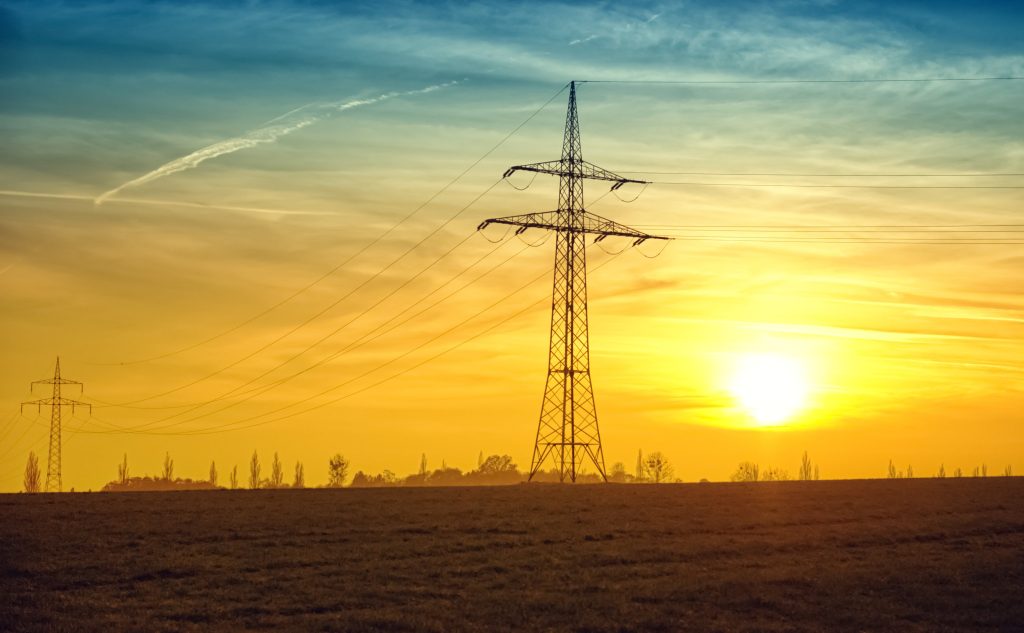In the context of power plants, “PV” stands for “Photovoltaic.” Photovoltaic technology is used to convert sunlight directly into electricity. This conversion is achieved through the use of photovoltaic cells, which are semiconductor devices that can generate electricity when exposed to sunlight.

PV power plants, commonly known as solar farms, are large-scale installations where numerous photovoltaic panels are used to capture sunlight and convert it into electricity. These plants can vary greatly in size, ranging from small, community-based systems to large, utility-scale solar farms that can generate enough electricity to power thousands of homes.
The key components of a PV power plant include:
- Photovoltaic Panels: These are the most visible part of the plant. They are made up of many photovoltaic cells connected together, usually mounted on frames that can either be stationary or equipped with tracking systems to follow the sun’s movement across the sky for increased efficiency.
- Inverters: Since PV panels generate direct current (DC), inverters are used to convert this DC into alternating current (AC), which is the type of electricity used by most home appliances and the electric grid.
- Mounting Systems: These are the structures that hold the PV panels in place. They can be ground-mounted, roof-mounted, or even floating systems for installations on water bodies.
- Electrical Infrastructure: This includes wiring, transformers, and meters that connect the PV panels and inverters to each other and to the grid or storage systems.
- Storage Systems (optional): Some PV power plants include energy storage systems, like batteries, to store excess electricity generated during peak sunlight hours for use during times when the sun isn’t shining.
PV power plants are part of the growing renewable energy sector and are crucial in the global effort to reduce reliance on fossil fuels and combat climate change. They offer the advantages of being environmentally friendly, having low operational costs, and being scalable to various sizes to meet different energy needs.



